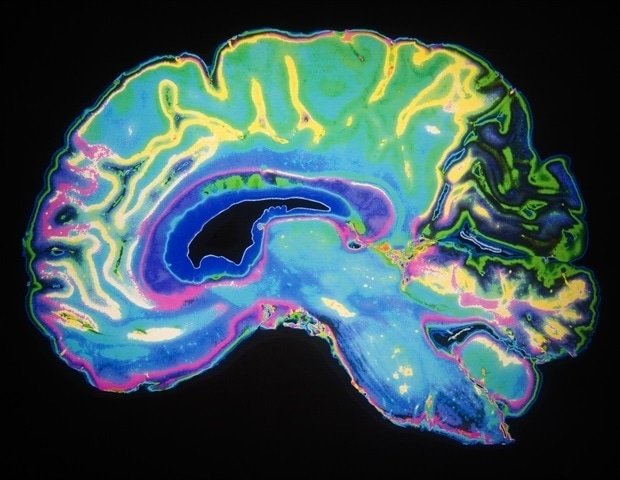In the split second it takes to see a stop sign and react to it, our brain navigates a complex process that seamlessly transitions from perception to action control. This ability to stop or inhibit actions, known as response inhibition, is fundamental to human cognition. It plays a key role in decision-making and self-control, enabling us to suppress impulsive or inappropriate behaviors. Understanding the mechanisms underlying this process is essential to understanding how we manage our thoughts and actions and to treating impulse control disorders such as attention deficit hyperactivity disorder (ADHD) and addiction in the future.
In a recent effort, researchers from Juntendo University aimed to explore the neural networks that underlie inhibition in their study published online at Nature communications on December 3, 2024. They focused on how visual information is processed and leads to action control. They investigated the sequential flow of information starting in the primary visual cortex, through key brain regions, culminating in the motor cortex to stop actions.
Explaining further, lead researcher Dr. Takahiro Osada says, “This study used MRI and brain stimulation to map the macroscopic brain circuits responsible for stopping inappropriate actions or inhibiting a response. We specifically looked at how visual information travels through the brain to allow us to stop actions quickly when necessary.“To achieve this, 50 participants performed a stop-signal task—a key test for assessing response inhibition—while their brain activity was monitored using functional magnetic resonance imaging (fMRI). The researchers applied transcranial magnetic stimulation ( TMS) and transcranial ultrasound stimulation (TUS) in key brain regions, including the anterior insular cortex and inferior frontal cortex (IFC), to examine their specific roles in inhibition Furthermore, diffusion MRI was used to map the structural connections between these regions, providing a comprehensive view of how different parts of the brain work together to regulate of suspension control.
Their findings revealed a four-step neural pathway involved in response inhibition: visual processing in the primary visual cortex, sensory integration in the anterior insular cortex, action control in the IFC, and execution of inhibition in the basal ganglia and motor cortex.
Adding further, Dr. Seiki Konishi says, “We found that the anterior insular cortex directly influences IFC function. By using TUS to permanently suppress the anterior insular cortex and then applying TMS to the IFC, we observed that the effect of the TMS intervention was eliminated. This demonstrates a causal relationship between these regions in the flow of information necessary to interrupt actions.”
Elaborating on the future implications of the study, Dr. Osada states, “This research paves the way for targeted treatment and rehabilitation strategies for conditions such as ADHD, obsessive-compulsive disorder, and impulse control disorders. By understanding the specific neural pathways involved in inhibitory control, we may be able to develop non-invasive techniques brain stimulation Restore proper functioning within these neural circuits of new artificial intelligence (AI) models that mimic these pathways, potentially leading to advanced systems capable of making better decisions by effectively controlling or inhibiting actions based on environmental cues.“
Taken together, this multimodal investigation greatly enhances our understanding of the neural mechanisms underlying inhibitory control and highlights the need for further investigation. Future studies could explore additional brain regions involved in inhibition and their clinical applications, leading to more effective interventions for impulse control disorders and advances in AI technology.
In summary, this study represents a substantial advance in our understanding of cognitive control and impulse regulation, echoing the critical importance of response inhibition in our daily lives. By paving the way for innovative therapeutic approaches, it offers hope for transforming the treatment of impulse control disorders, enhancing the well-being of those affected.
Source:
Journal Reference:
Osada, T.et al. (2024). Multiple insular-prefrontal pathways underlie the perception of execution during response inhibition in humans. Nature communications. doi.org/10.1038/s41467-024-54564-9.
